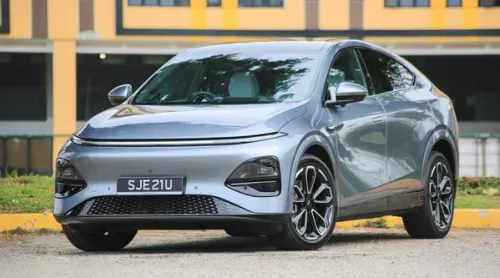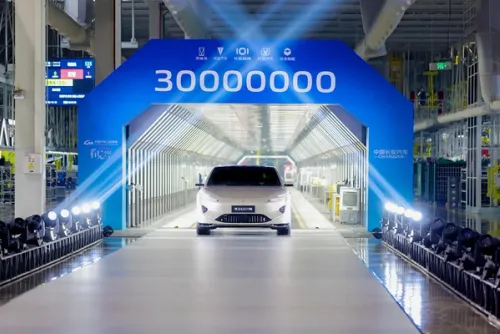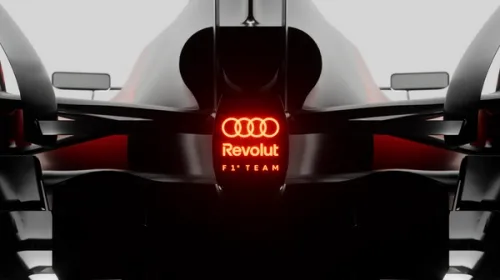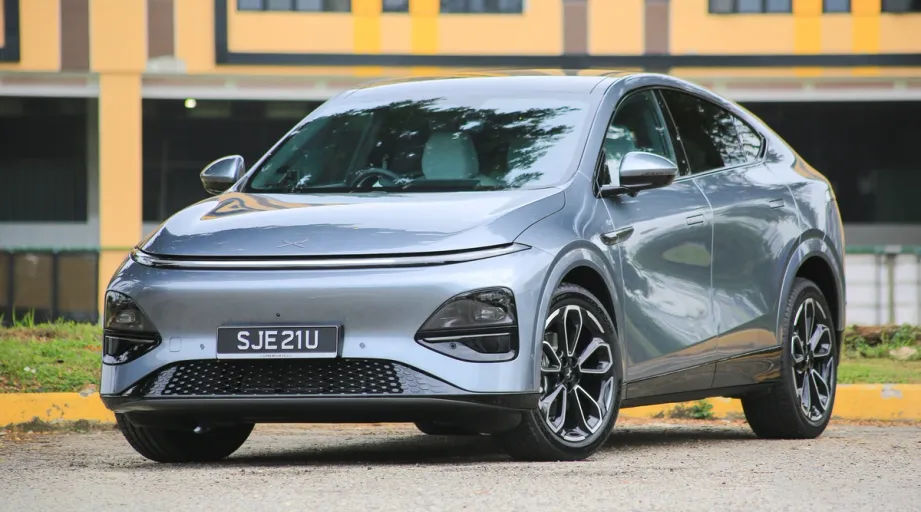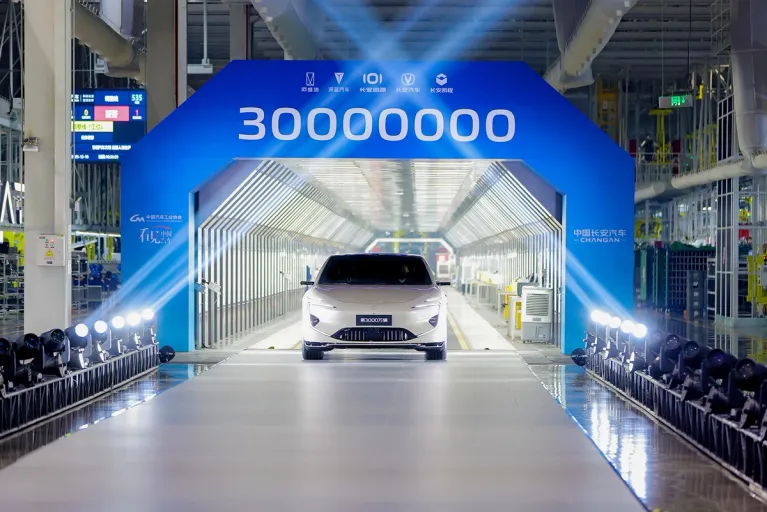Does an Engine Size Reduction Reduce the Amount of Woohoo in a Coupe?
Lexus first introduced the RC 350 Coupe a while ago, the large engine size somehow also meant a larger price tag. The more affordable RC Turbo brings the price down by about $80k, and makes the car more attainable. But what does the Turbocharged 2.0 coupe bring to the table? Or in this case leave behind? For one, the bulletproof and very smooth 3.5 litre V6, makes way for a smaller 4 cylinder turbocharged unit. Well, there is a V8 available, but that one fits into a totally different market segment, and at almost twice the price.


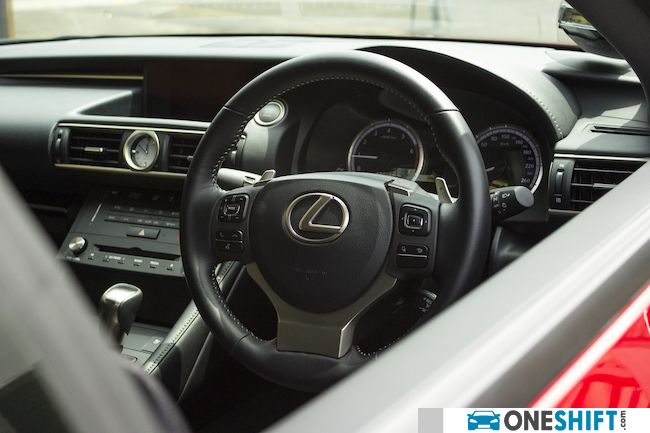
Shut the doors, and the consistency of Lexus quality kicks in. Excellent rubber sealing keeps external noises to a minimal. While the drab, black-grey-black-silver and again black interior is not the most inspiring, once in the drivers seat, everything simply falls into place. The instrument binnacle is clear, with two large analogue dials and a small dynamic display in-between for other car info. You sit low in the car, but outward visibility is still pretty good.
Pop on the “Start” button, and the 2.0 springs to life. No fancy engine notes here, but what we got instead was something close to whisper-quiet purrs, and the characteristic 4-pot rasp upon harder acceleration.
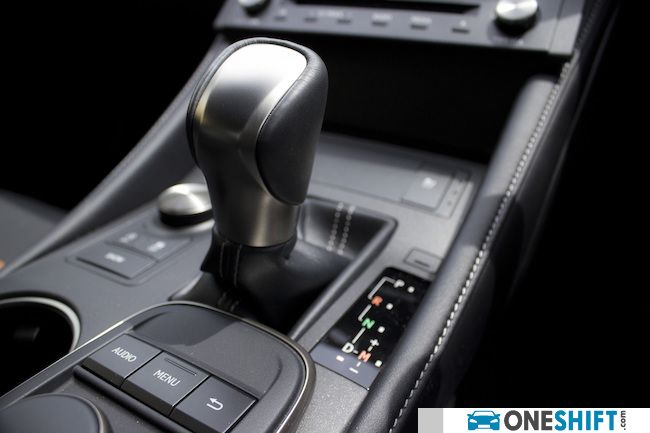
It is turbocharged… unlike the 3.5, which gets its build-up of torque in liner fashion, and maxing off at 4,800rpm, the 2.0 makes do with a little bit of delay while the turbo spools up. Maximum torque can be harnessed at just 1,650rpm, and it is maximum torque which is not too far away from the bigger V6 engine, with just 28Nm less, at 350Nm. The 2.0 does lose about 1.2 seconds doing the century sprint. But then again, does it really matter? My sense is that, both the 3.5 and 2.0 were not built for all out performance, but as a car to cruise in, and for sure, had to handle well. The 8 speed Aisin transmission in the RC is pretty good, it is not the dual clutch type you see that is common with German makes, but in its own right, it works very well with the car, as there is no ambiguous slushing about from second onward, and swopps very well in Sport mode, where it does count.
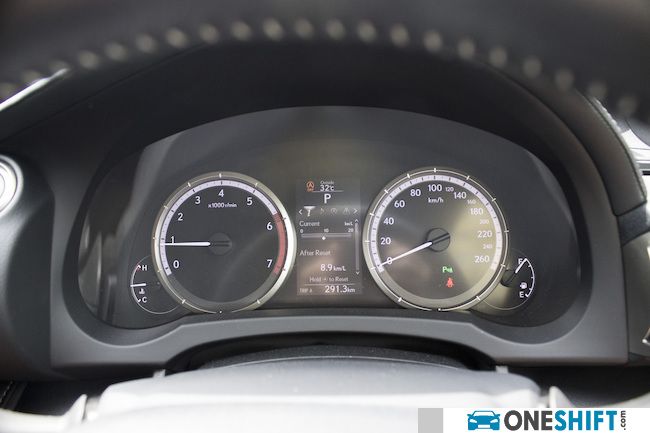
And handle well the RC did. There is minimal roll around the bends, and the short wheelbase does keep your butt in check with what the rear wheel is trying to tell you. And if the car did want to step out, you’d know quick enough to reel it in… Then again only if you do switch off the traction control. Steering feel is very good, and the thick leather covered wheel is really a joy to hold.
There is however no trick electronic gizmo suspension on this one. Ride quality is really set for comfort.
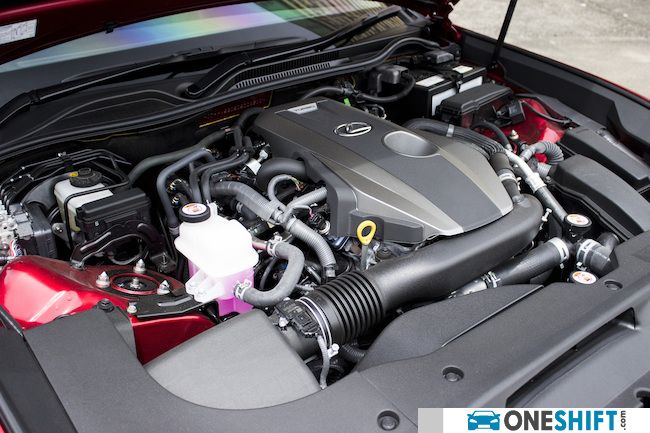
Why yes, if you are looking for a coupe, which delivers driving pleasure without the pains of the over the top trappings of what would be termed “High Performance”. The reduction in price of what could almost be that of a small car with COE included. Japanese reliability, and it is RWD!
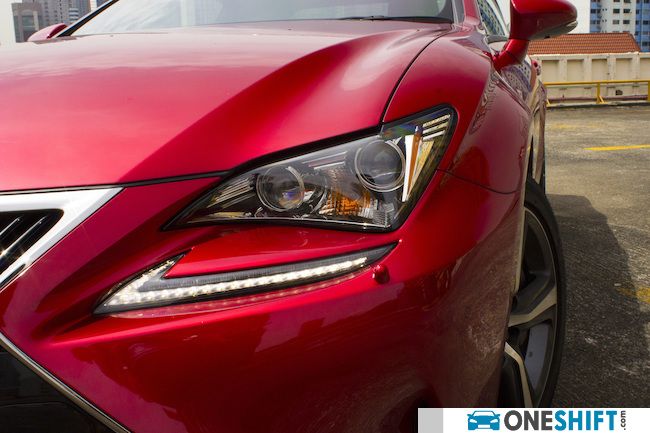
So back to the question… Does an Engine Size Reduction Reduce the Amount of Woohoo in a Coupe? Perhaps in this case, it does just that little, but for so much less, it certainly makes up for added sensibility… But sensibility is relative... there is after all the IS sedan which is always available, if you do change your mind about buying a coupe.
Credits:

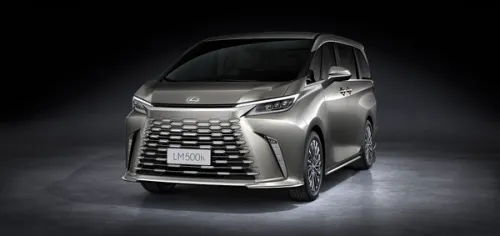
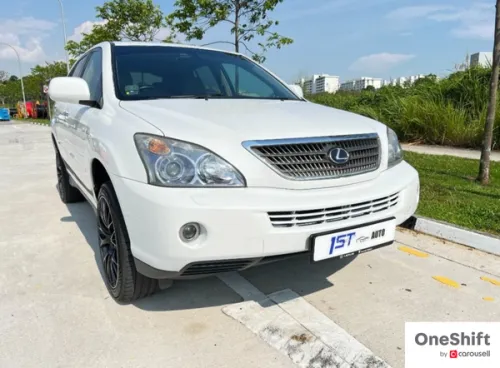
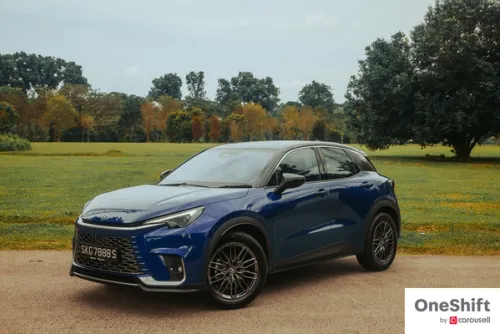

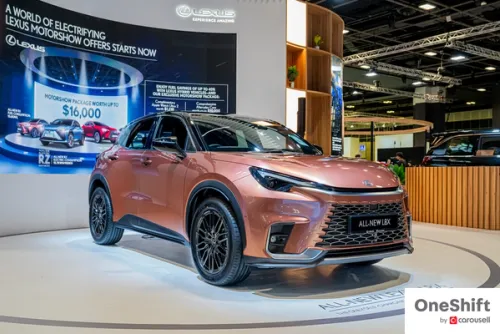


Get the Best Price for your used car
from 500+ dealers in 24 hours

- Convenient and Hassle-Free
- Consumer Protection
Transparent Process
With No Obligation
